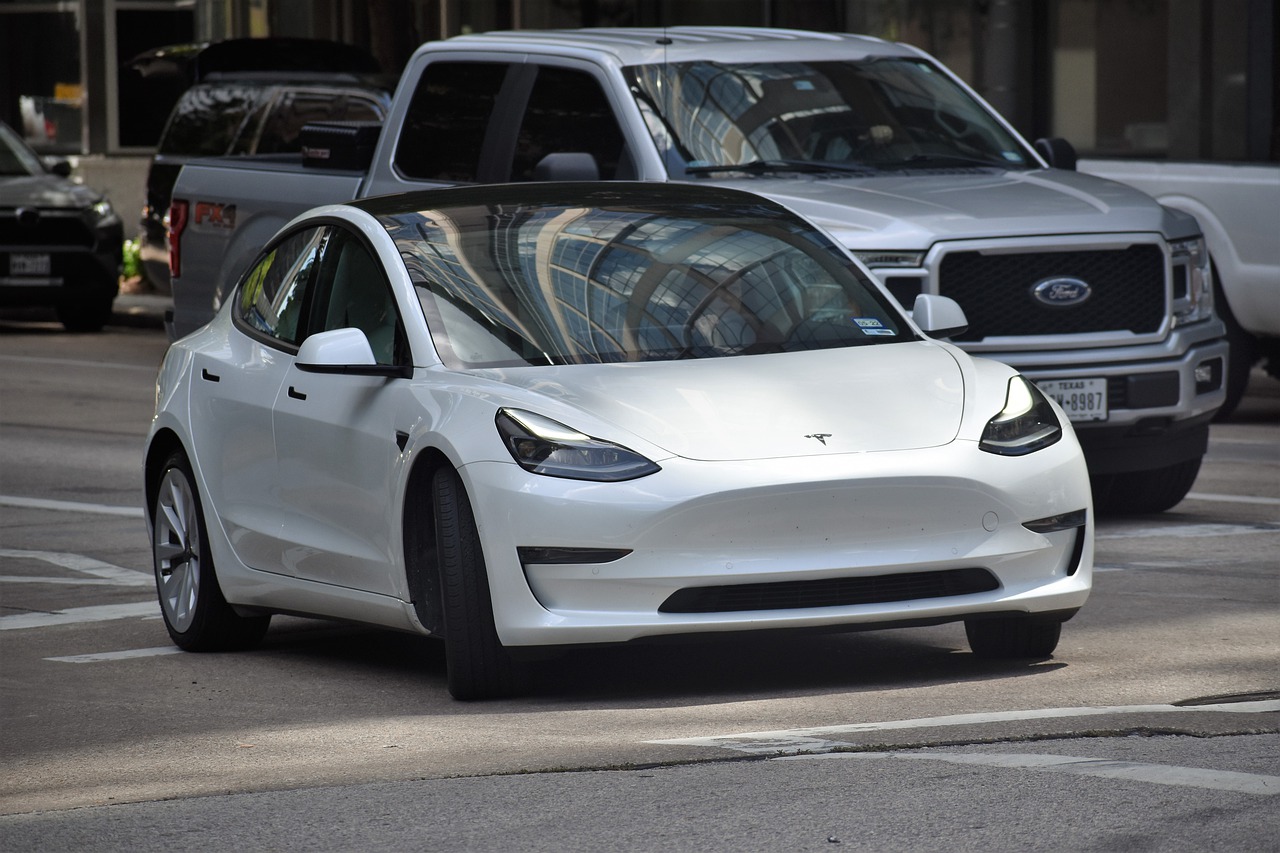Some modern vehicles have advanced features, such as autopilot, that help boost safety and convenience for the driver. There has also been an emergence of self-driving vehicles, with Tesla being one of the leading manufacturers. With the presence of AI technology in vehicles, determining liability in car accident cases has become much more complex. Continue reading to learn who is at fault in a self-driving Tesla accident.
AutoPilot vs. Fully Self-Driving Vehicle
Tesla does not sell completely autonomous or self-driving vehicles to the public. Instead, it requires drivers to supervise the vehicle even when it is on autopilot. The autopilot feature was designed by Tesla to assist drivers in some limited circumstances, which is why it is mainly used by drivers while they are on the highway. This feature uses cameras and sensors to help drivers change lanes, stop safely in case of an emergency, and steer effectively around curves. The autopilot system comes as a standard on every new Tesla model.
A beta version of the self-driving feature is only available to specific Tesla models in the U.S. With this feature activated, the driver would not be required to keep their hands on the steering wheel or regularly intervene with the vehicle’s operation. However, the full self-driving beta feature available in some Tesla models does require drivers to keep their hands on the steering wheel while this feature is active.
The purpose of the full self-driving feature is to allow the driver to enjoy a hands-free ride where they can just enter their destination in the vehicle and let it drive them there. This feature can work on all road conditions and alert the driver if it is necessary for them to take control of the vehicle.
Determining Liability
With self-driving vehicles on the road, regulations concerning liability are also gradually evolving; however, in most states across the U.S., the liability for a self-driving car accident is with the vehicle’s driver.
Drivers are required to use self-driving features as per the instructions provided by the manufacturer, and over-reliance on the autopilot feature can count as driver error in most states. This can put the driver at fault for any accidents that may occur while they are in the driver’s seat. For example, if a driver, entirely relying on autopilot, fails to take over when the vehicle issues a warning for them to do so, and an accident occurs, they can be held liable for the accident.
It is possible that once fully self-driving vehicles become more common and driver input is minimized, the liability for car accidents will shift over to the manufacturer. However, for now, manufacturers can only be considered completely liable for self-driving car accidents in which there is sufficient evidence that the vehicle had an underlying manufacturing defect that led to the accident.
What to Do If You Are Involved in a Self-Driving Tesla Accident
- Get to Safety: First, get out of the vehicle and get to a safe place to check for injuries. You should also check if anyone in the other vehicle requires immediate medical attention.
- Contact the Police: Contacting the police after an accident is important and is required in many states. Once the police arrive, assist them in making an incident report of the accident.
- Get Medical Treatment: Seeking medical assistance and having a doctor examine your condition after the accident can help you avoid suffering any delayed injuries.
Hire an Attorney: With car technology and laws regarding car accidents evolving quickly, it is essential to hire a lawyer who is well-versed in traffic laws and has experience handling similar cases. You can ask a car accident lawyer in Indianapolis to review your case and help you pursue the best legal course of action.

